Cavities, those tiny holes that can wreak havoc on your child's teeth, often start innocently enough. Understanding how cavities develop is crucial for parents to take proactive steps in maintaining their children's oral health.
The Culprits: Sugars and Bacteria
Cavities are primarily caused by a combination of two factors: sugars and bacteria. When your child consumes sugary foods or drinks, remnants can stick to their teeth. The bacteria that naturally reside in the mouth feed on these sugars, turning them into acids. These acids, if left unchecked, can erode the enamel, the protective outer layer of the teeth.
The Beginning Stages: Plaque Formation
As acids are produced, a sticky film called plaque begins to form on the teeth. Plaque is an accumulation of bacteria, food particles, and saliva. It's often colorless, making it difficult to spot, especially in the nooks and crannies of a child's mouth.
The Erosion Process: Enamel Damage
Plaque is the enemy, as it continuously exposes the enamel to acid attacks. Enamel, although strong, can start to weaken under this assault. This is where the early stages of cavities occur. At this point, the damage is often reversible through proper oral hygiene practices like the use of fluoride.
The Critical Stage: Cavity Formation
If left untreated, the acid attacks progress, leading to the formation of cavities. These are small holes in the tooth's structure. Once a cavity forms, it cannot heal naturally and will require dental intervention, such as a filling or a crown.
Preventing Cavity Formation in Children
Preventing cavities in children is essential, and it starts with a few key steps:
- Limit Sugary Intake: Encourage your child to consume sugary treats and drinks in moderation. Cheese and nuts are good alternatives (less acidic).
- Establish a Dental Routine: Teach your child to brush their teeth at least twice a day and floss regularly. If your child is very young, help them brush (so they don’t miss any tooth surfaces in the mouth).
- Regular Dental Check-ups: Schedule regular dental check-ups to catch any potential issues early. The first dental check-up is usually when the child’s first teeth come in or when they are 1 year of age. Regular dental check-ups are typically scheduled every 6 months.
- Fluoride Treatment: Consider fluoride treatments and dental sealants as preventive measures.
- Educate on Oral Health: Educate your child about the importance of oral health and its impact on their overall well-being.
Cavities in children are typically the result of sugars, bacteria, and plaque. Parents can play a crucial role in cavity prevention by promoting good oral hygiene habits and limiting sugary consumption. Regular visits to a pediatric dentist are equally important to catch and address any dental issues before they escalate into cavities. Remember, early intervention is key to maintaining your child's healthy smile!
Frequently Asked Questions Regarding Cavity Prevention
How early should we start brushing our child's teeth?
You should start cleaning your baby's gums with a soft, damp cloth even before their first tooth appears. Once the first tooth erupts, use a small, soft-bristled toothbrush and a smear of fluoride toothpaste (about the size of a grain of rice).
When should we start flossing our child's teeth?
Once your child has two teeth that touch, it's time to start flossing daily to remove food particles and plaque from between their teeth.
Are fruit juices bad for my child's teeth?
While fruits are healthy, fruit juices can be high in natural sugars and acids, which can contribute to tooth decay. Offer whole fruits more often than juice, and when you do give juice, dilute it with water and offer it during mealtimes rather than sipping on it throughout the day.
Call (602) 610-0338 or contact us online to schedule an appointment and learn more about cavity prevention and how our Phoenix pediatric dentist can help.

